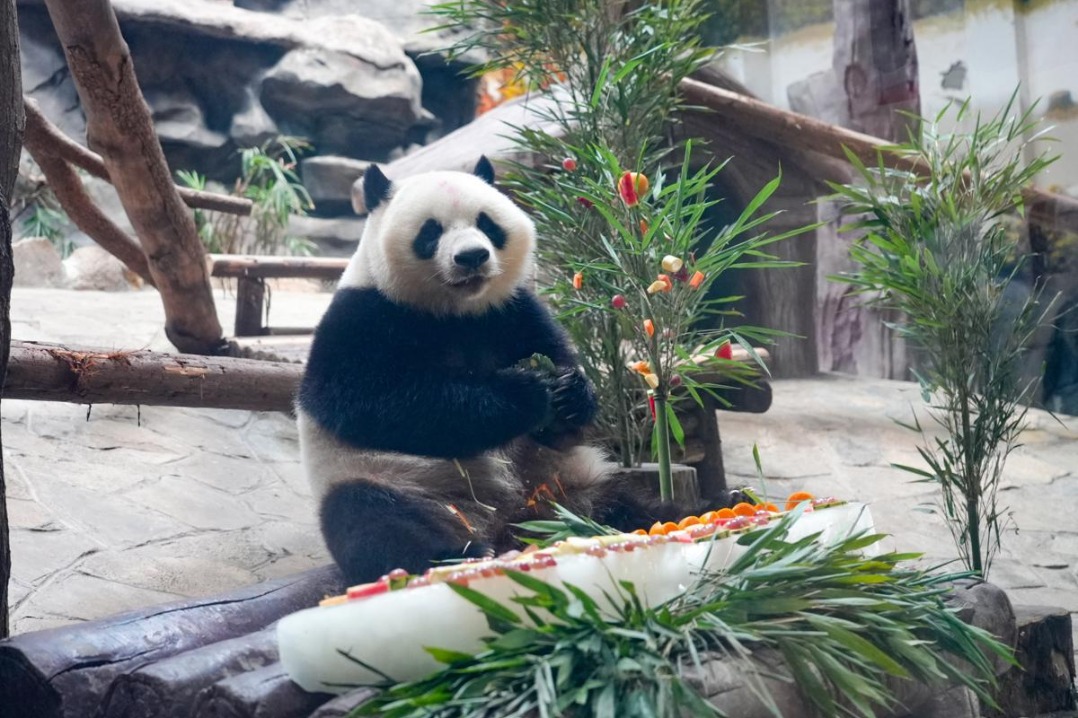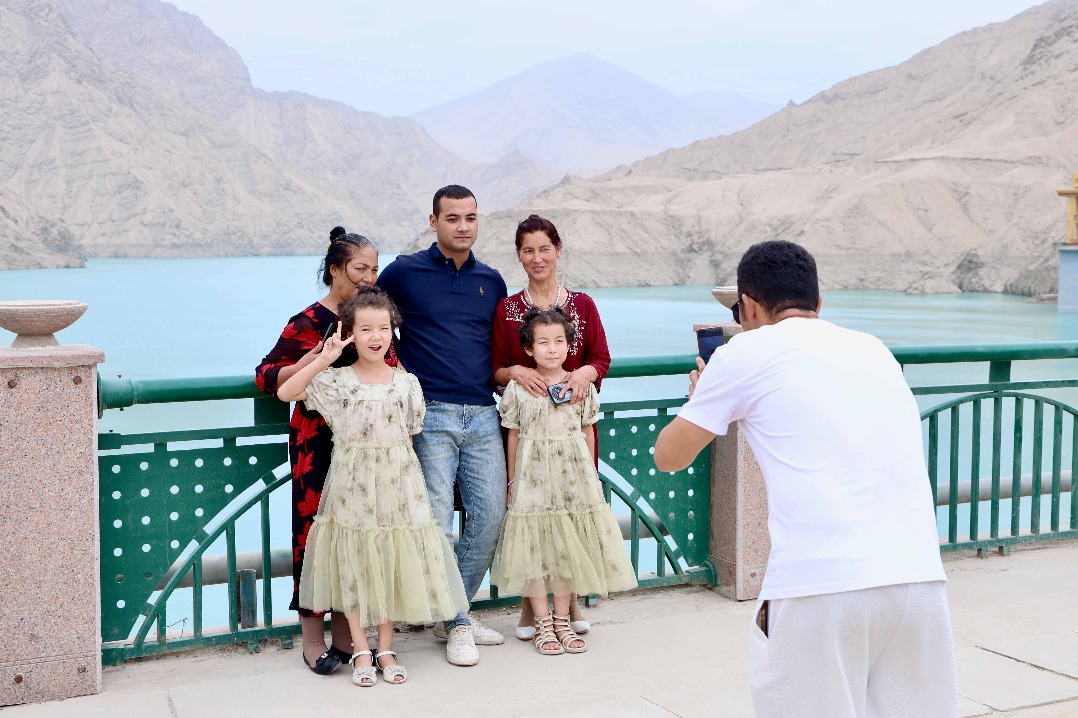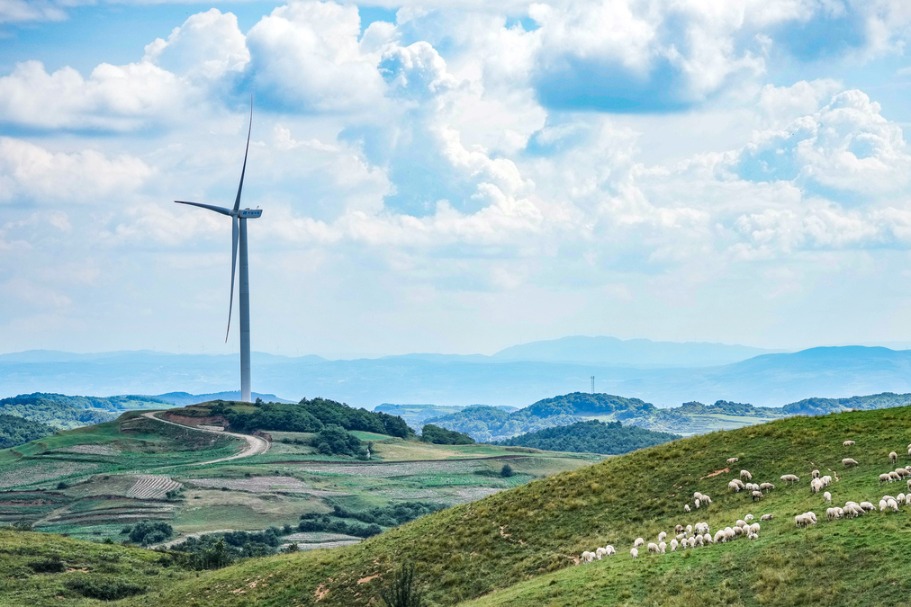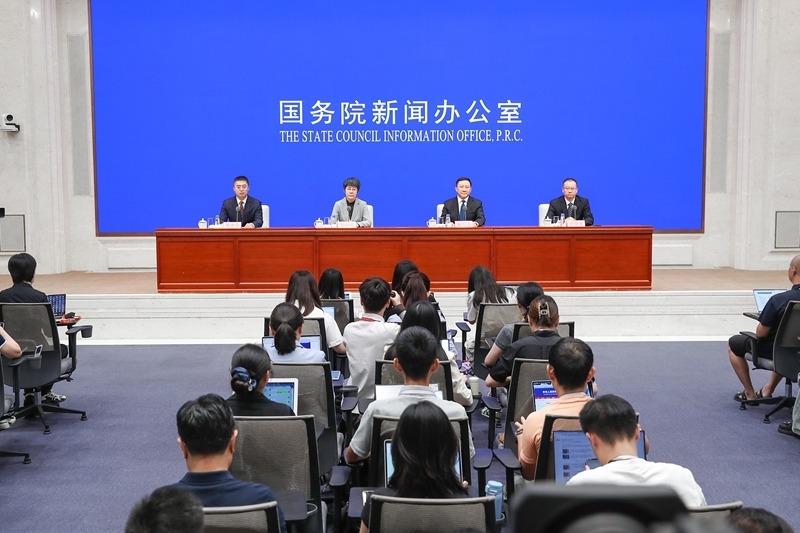Sporting chance to revive ‘golden years’

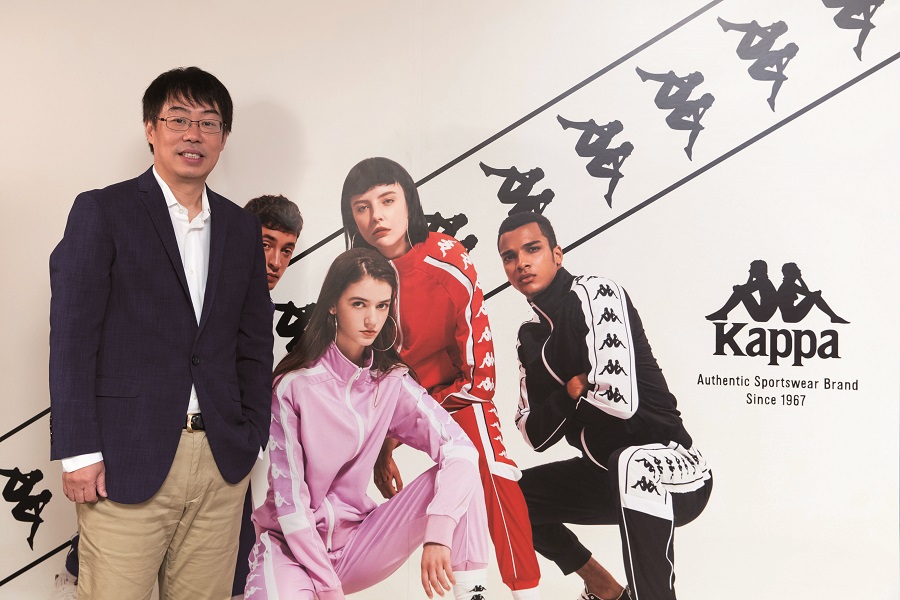
With some of the most “glamorous” Chinese sports apparel makers stealing the thunder among H-shares on the Hong Kong bourse in the first half this year, China Dongxiang Group — another of the nation’s stars in the industry — is staking its claim to be a part of a success story, upbeat about rebooting their past glory.
China’s athleisure boom has become somewhat synonymous with its economic miracle, catapulting household names like Anta Sports and Li-Ning to the world sports arena — with the former sponsoring China’s delegation and the latter Canada’s ice-skating team to the Pyeongchang Winter Olympics in South Korea earlier this year.
Does it mark the “return of spring” for Chinese sportswear makers after years in the doldrums?
“The key to the recovery of Chinese sports brands is whether they can stand out with their uniqueness from an emotional perspective,” believes Zhang Zhiyong, chief executive officer of Beijing-based, Hong Kong-listed China Dongxiang, which is well known for its Kappa products on the Chinese mainland, Macao and Japan.
The company brought Kappa’s “back-to-back couple” Omini logo to the mainland market 12 years ago, long after it had become an icon in the casual sportswear business across Europe from the 1960s to the 70s.
Zhang recalls the “golden era”, not only for China Dongxiang with its famous Kappa label, but also the entire Chinese sportswear industry during the first decade of the century, underpinned by the population’s accelerating incomes, as well as the sports sector’s industrial clusters
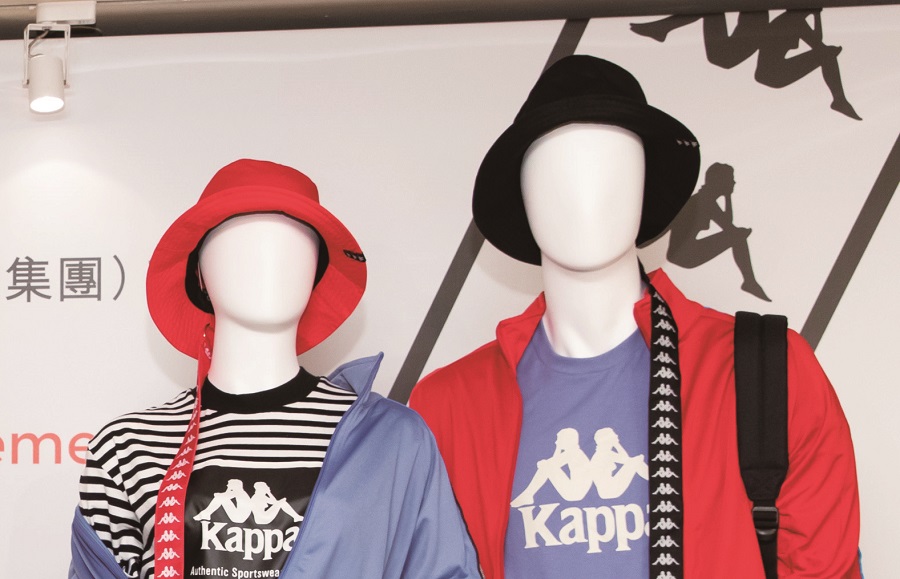
Data showed that the industry saw an average annual growth of more than 20 percent during those glorious years despite a subsequent slight backtrack triggered by the 2008 global financial tsunami.
From 2006 to 2008, China Dongxiang saw a whopping 96.7-percent top-line growth and an equally stunning 111.3-percent jump in net income on a yearly basis, propelling the group’s annual net profit to above 1.4 billion yuan over the next two years and hurtling the company to sportswear “superstar” status.
The chain effect prodded mainland-based athletic goods producers onto the world capital market in the pursuit of going public before and after the 2008 Beijing Summer Olympics, with Li-Ning — the eponymous group founded by China’s former Olympic gold medalist — Anta, China Dongxiang, Xiamen-based Xtep International Holdings sequentially launching IPOs in the Hong Kong stock market.
However, pressure against overstock eventually mounted, with destocking or inventory depletion becoming the mainstream for both international brands like Nike and Adidas and domestic Chinese sports apparel producers.
“Five years ago, Nike and Adidas’ combined market share in China was just 10 billion yuan but, today, it has surpassed 30 billion yuan. But, for the domestic companies, they’re merely inching towards 10 billion yuan,” Zhang recounts to China Daily with a gulp of dismay.
Nonetheless, the year-to-date performance of the Chinese sportswear sector, especially in Hong Kong’s secondary market, has exuded a glimmer of hope. Xtep International, which went public in Hong Kong in mid-2008, saw its share price having jumped 62.7 percent as of Sept 2 this year from early 2018, hitting a year-to-date high of HK$5.90 in June, while Li-Ning shares surged 28.17 percent to HK$8.28 apiece during the same period — a seven-year high.
This fresh impetus has prompted investors to yearn for a possible replay of the “golden 10 years” in 2018. Zhang is upbeat the industry has the potential to roll on in the long term. “Consumption upgrade, along with changing lifestyles, does play a big role in creating the strong impetus needed for the reconstruction of the Chinese sportswear business”.
Destocking measures
As part of the group’s strategy to rebuild the Kappa brand, Zhang has taken charge of overseeing destocking measures over the past few years. In the first half of this year, China Dongxiang had got rid of some “defective goods” left over from 2015 and earlier. Products worth approximately 140 million yuan were involved, resulting in a one-off decline in the sportswear producer’s gross profit margin by some 2.3 percentage points.
Further afield, according to Zhang, they will inactivate non-performing stores and revamp big, efficient outlets and some self-operated ones in key cities, including Beijing, Hangzhou and Shenyang. As of the end of June, 48 stores were shuttered compared with the end of last year on the mainland and in Macao, according to its interim result.
Reforming distribution channels is also seen as one of the company’s future growth recourses. “There’s no need for us to maintain low-income stores that can only rake in monthly revenues of less than 60,000 yuan,” stresses Zhang.
It might sound obvious to revamp the distribution channels, inventory situation and marketing strategy, and Kappa has to stick to its uniqueness.
“Having a chain of Omini logos, patterned on the ‘back-to-back couple’ and very much liked by consumers, is our DNA,” Zhang says.
From teaming up with Japanese designer Kazuki Kuraishi to launching a co-branded new product series, and conducting cross-sector collaboration with celebrities in the entertainment, music and art communities to lift brand exposure, Kappa is bent on being a trendsetter again, as it did when it first landed in China.
Positioning itself as a fashion sportswear brand, and not like any other brand, the company has sought to focus on diversified market segments like sporting accessories and women’s goods driven by their lust for gymnastics and yoga, says Zhang.
“But, for both general and specific Chinese sports companies, the major problem is how to gain and keep customers’ effective commitment from an emotional viewpoint”.
Zhang thinks Li Ning has done well as it had obtained a great base of people’s shoring up, featuring “Chinese Li Ning” and classical elements, which distinguishes itself from foreign competitors.
China Dongxiang has played its part too in promoting Chinese teenage football culture, which has far lagged behind that of Western countries. The Kappa brand has contributed to sponsoring the “Chinese Football Boy” video tournament and has received two billion clicks from viewers since last year’s debut.
Unlike being just a traditional sportswear company, investing has long been seen as a vital strategy by China Dongxiang’s directors. Based on the slogan “Being profit-oriented, working with high-caliber partners and being focused on competitive projects”, it has teamed up with many private enterprises, such as the Alibaba Group-backed Yunfeng Fund and storied US venture capital investor Sequoia Capital. As of late June this year, the company had held Alibaba shares valued at 1.98 billion yuan.
Liquidity priority
“Liquidity is our priority amid the market uncertainties, as well as beefing up our protective capability,” Zhang explains. The company’s financial investment segment currently boasts total assets of HK$11.3 billion.
Although not a diehard sports fan himself in his childhood, systematic learning about sports seemed to be the catalyst for Zhang to make his journey into the business.
“Thanks to sports, it binds my career with my interest,” he says.
Recalling his experience a few years back, when he tried to read financial statements in the pharmaceutical industry, every single nerve in his body was reluctant to work, he says in jest.
Having been with the sporting sector for well over 20 years, Zhang bears plenty of testimony to the ups and downs in the country’s sporting goods business.
In his life, one person stands out — Chen Yihong, currently chairman and the biggest shareholder of China Dongxiang, whom Zhang succeeded as chief executive officer.
Have known each other as colleagues at Li-Ning, where Chen was its first CEO, both were of the opinion that the Kappa brand was undervalued with lots of room for development.
“Our common cause to work for the future of the sporting goods business has brought us together,” says Zhang.
Before joining China Dongxiang, Zhang was president of LeSports — the sports arm of China’s troubled Chinese video streaming group LeEco — for less than a year.
He prides himself in having what he calls a “well-thought plan” and a clear future direction for the group. “The most uncomfortable thing for a leader is that you haven’t got any plan in case you know the problem and the solution. So, the only thing I need to do is to let time do it”.
Contact the writer at
joycesun@chinadailyhk.com
- China aims to achieve breakthroughs in brain-computer interface technology by 2027
- PLA releases footage of drones tracking down 'hostile warship'
- Running takes long strides for health, tech and economy
- Measures aim to curb formalism at grassroots
- Concert fans blast ticket refund policies
- Frenchman glimpses Japan's atrocities



















